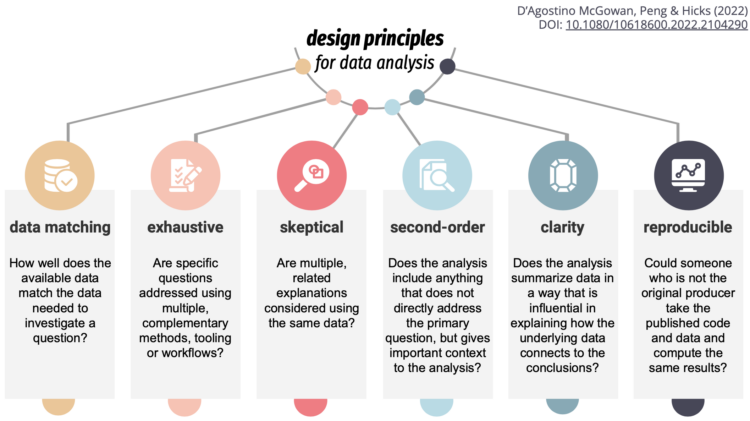Jeff Leek touches on concerns about point-and-click software to find the insights in your data, magically and with little to no effort.
I understand the sentiment, there is a bunch of data just laying there and there aren't enough people to analyze it expertly. But you wouldn't want me to operate on you using point and click surgery software. You'd want a surgeon who has practiced on real people and knows what to do when she has an artery in her hand. In the same way, I think point and click software allows untrained people to do awful things to big data.
Yep.
Jeffrey Heer shared a similar sentiment a few months ago:
It's an absolute myth that you can send an algorithm over raw data and have insights pop up.
So, as Leek notes, the key is proper training and critical thinking during analysis. Not just clickety clicks.
If there's software that allows a surgeon to do her job more accurately and efficiently, then yeah, I'm all for it. Similarly, point-and-click software for analysis can be great when the person who uses it knows what's happening.
Stuff like this always brings me back to when my future father-in-law met me for the first time. One of his first questions: "What do you study?"
"Statistics."
In a disapproving voice of a skeptical father, protective of his daughter, he replied, "Won't computers do that for you?" As in hi person I just met. Maybe you should consider a different career path and not date my daughter, you loser statistician.
Ah, memories. (He loves me now.)
Tags: analysis, point-and-click






